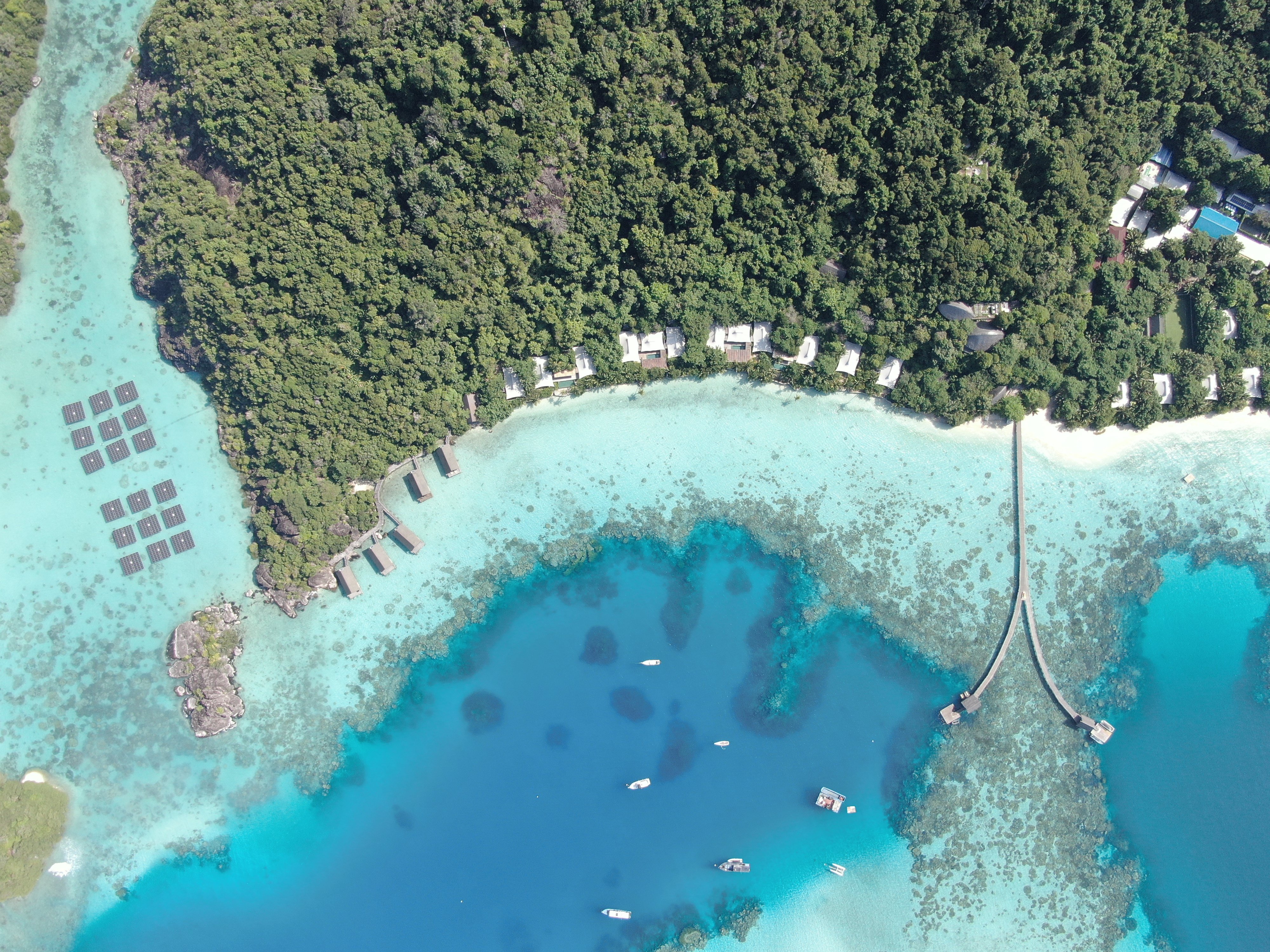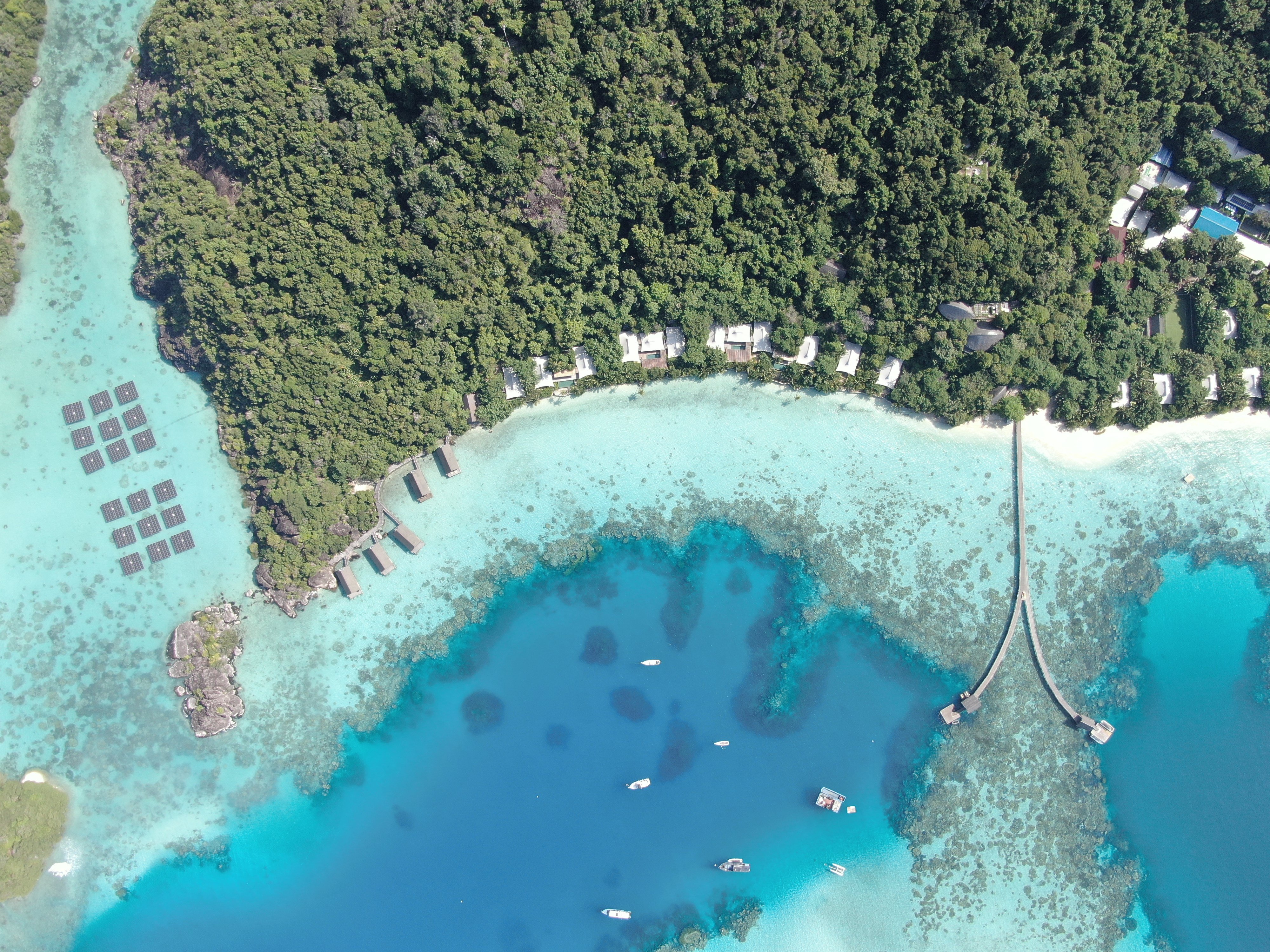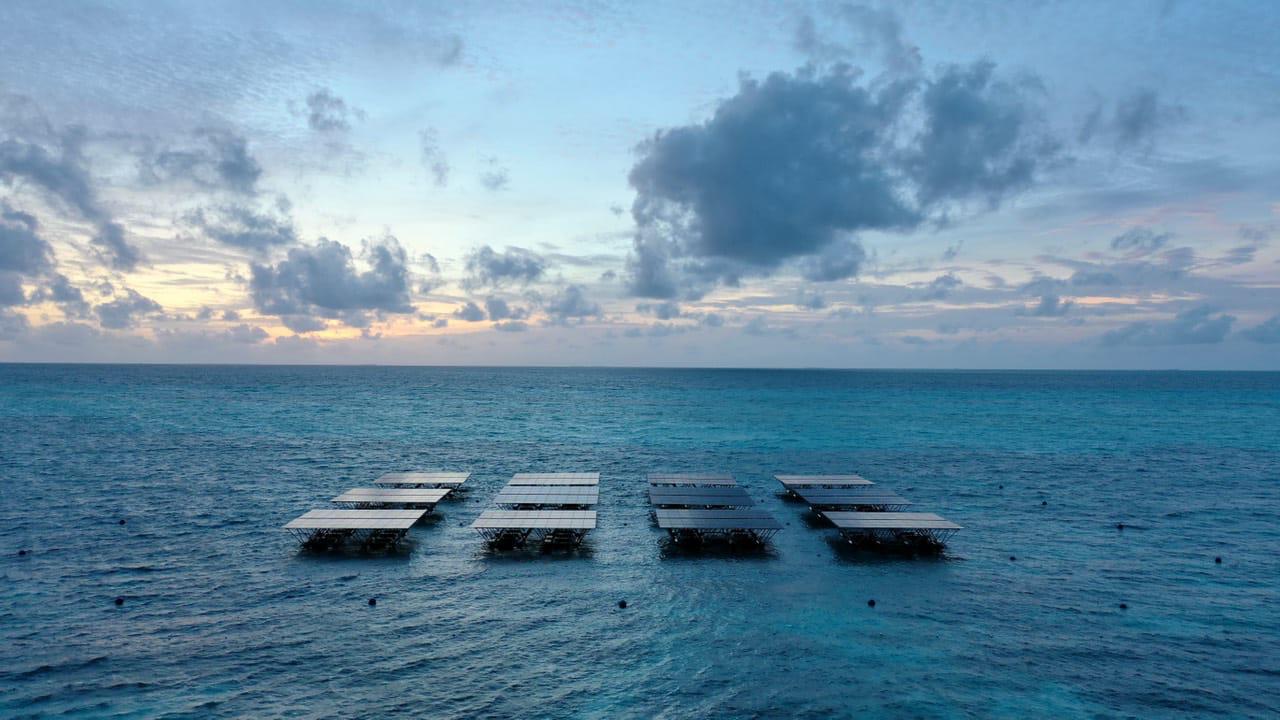An all-inclusive experience, redefined…At Bawah Reserve in Indonesia’s pristine Anambas...
Begin your day at Bawah Reserve with your choice from our Juice Butler service: fresh...
If you’ve noticed the beautifully patterned fabrics in your villa, you’ve already...
Ready to make a splash?For guests who are both swimming-fit and up for a challenge,...
Welcome to the thermal contrast therapy facility at Aura Sanctuary at Bawah Reserve,...
Planning your dream private island holiday in Indonesia? Here at Bawah Reserve, we...
3 ways to repost or use our Instagram Reels
We love that you want to share a little...
2024 wellness trends were exciting for sure, but it keeps getting better! The top...
A new subtle yet powerful trend - that of being “demure” and “mindful” - has been...
When we think of bees, honeybees often come to mind. However, at Bawah Reserve, a...
In the heart of Southeast Asia lies a hidden gem that promises a retreat into nature,...
It’s safe to say that if you ask someone to name a tropical island destination, they will...
As we step into 2024, the world of well-being is teeming with transformative trends that...
2 years ago for Earth Day 2022, we created 10 sincere pledges for investing in the planet...
Starting to plan your dream wedding? Some couples have a clear idea of their perfect...
We are often asked about the best time of year to schedule a trip to Bawah Reserve.Which...
Our faraway paradise is well worth the journey and there are many ways to get to Bawah,...

Hot off the press! Indonesia’s largest floating solar panel farm is now up and running at
Bawah Reserve in the Anambas archipelago. What's the best way to get electricity to a private island? Build a floating solar sustainable energy solution, of course!
We are frequently asked how we provide electricity to our islands. In fact, solar energy has
always been an important part of our sustainable operations. For example, all hot water to our
suites and overwater bungalows is supplied by roof solar panels. Then we thought: why stop there?
So we got talking to the experts at Swimsol, a leading solar energy company in the Maldives and a global leader in offshore photovoltaics (PV), about its SolarSea commercial renewable energy product.
Now, after a pandemic-related two-year delay, we are finally the proud home to 18 floating solar
platforms – enough to provide the majority of Bawah’s electricity requirements! This immediately reduces our reliance on fuel, saving around 468 litres of diesel per day, or 170, 746 litres each year.
It also promises a significant reduction in C02 emissions on our part. In fact, our annual saving on CO2 emissions is equivalent to flying from London to Jakarta 261 times!
Here are some of the whys, hows, and whats of Bawah’s exciting new floating solar panels.

Floating solar structures are a brilliant way to harness the power of the sun in land-scarce places
such as islands and dense coastal cities, allowing for virtually unlimited solar energy to be
produced. By providing access to this clean and renewable energy, solar PV reduces their
reliance on conventional energy sources that pollute and are often expensive.

The solar panels are set in floating platforms that are moored together and then anchored to the
seabed with steel rope mooring lines and screw anchors. This mooring grid is designed to keep
the platforms in place, maintain separation between platforms, and stabilise the system during
high wind and wave conditions. With the help of polystyrene for buoyancy, the platforms are
semi-submerged, providing an elevated surface for the solar panels to ensure that waves and
seawater don’t reach the modules. This design allows waves to pass right through the structure
rather than having to resist the wave forces.
The solar panels are much like land-based panels, but more heavily sealed to keep out salt and
humidity. This includes having a glass back-cover, hermetically sealed edges and a potted
junction box. The floating platforms are built from marine-grade aluminium, stainless steel, and
high-quality polystyrene.
Floating solar panels work in essentially the same way as roof-mounted solar panels. The
electricity produced is then transported via an underwater cable to wherever is it needed.
Floating platforms provide a substrate for coral larvae and other sedentary organisms to settle
and grow. Made largely of corrosion-free aluminium and stainless steel, they pose little
ecological danger. What’s more, by producing clean energy to replace the use of diesel, they
reduce both CO2 emissions and any chance of diesel delivery leading to an oil spill in our
pristine waters.
SolarSea component parts are shipped to the destination and then assembled on a rail system either
on or close to the beach. The platforms can also be assembled on a landing craft, or on a barge.
After being pushed into the water, they are tugged by boat to the location of deployment, where
they are moored to one another and to the seabed.
Being a sustainable and eco-friendly resort is about more than just
protecting the existing environment. Conscious travel is about making a positive impact for the better. We hope our continuing adventure into solar helps shape the path for more solar power and sustainable energy solutions in Indonesia. If you would like to visit our eco-friendly hotel know more about our solar system, please do get in touch!
An all-inclusive experience, redefined…At Bawah Reserve in Indonesia’s pristine Anambas...
Begin your day at Bawah Reserve with your choice from our Juice Butler service: fresh...
If you’ve noticed the beautifully patterned fabrics in your villa, you’ve already...
Ready to make a splash?For guests who are both swimming-fit and up for a challenge,...
Welcome to the thermal contrast therapy facility at Aura Sanctuary at Bawah Reserve,...
Planning your dream private island holiday in Indonesia? Here at Bawah Reserve, we...
3 ways to repost or use our Instagram Reels
We love that you want to share a little...
2024 wellness trends were exciting for sure, but it keeps getting better! The top...
A new subtle yet powerful trend - that of being “demure” and “mindful” - has been...
When we think of bees, honeybees often come to mind. However, at Bawah Reserve, a...
In the heart of Southeast Asia lies a hidden gem that promises a retreat into nature,...
It’s safe to say that if you ask someone to name a tropical island destination, they will...
As we step into 2024, the world of well-being is teeming with transformative trends that...
2 years ago for Earth Day 2022, we created 10 sincere pledges for investing in the planet...
Starting to plan your dream wedding? Some couples have a clear idea of their perfect...
We are often asked about the best time of year to schedule a trip to Bawah Reserve.Which...
Our faraway paradise is well worth the journey and there are many ways to get to Bawah,...
© Bawah Reserve 2024. Anambas. Riau Islands. Indonesia
leave a comment